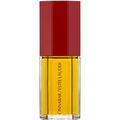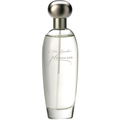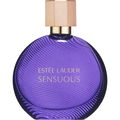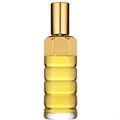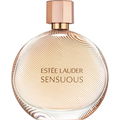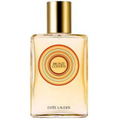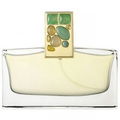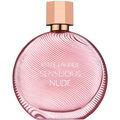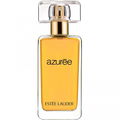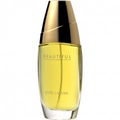We may earn a commission when you buy from links on our site, including the eBay Partner Network and Amazon.
A perfume by Estēe Lauder for women and men. The release year is unknown. It is still in production.
Compare
Compare
Fragrance Notes
 Grapefruit
Grapefruit  Green tea
Green tea No ratings yet.
Submitted by WiB, last update on 08/13/2017.
Smells similar
What the fragrance is similar to









